KulangsuGulangyu Islet
Gulangyu, formerly known as "Yuanshazhou", alias "Yuanzhouzi", was appointed "Wulongyu" in the Southern Song Dynasty and renamed "Gulangyu" in the Ming Dynasty. Because there is a reef more than two meters high with caves on the beach in the southwestern part of the island, Gulangyu gets its name whenever the tide surges and the waves hit the reef, which sounds like a drum. Gulangyu Islet street is short and crisscross, and it is the largest island in Xiamen.
Gulangyu Island has more than 40% green space coverage and abundant plant population. There are more than 90 families and more than 1000 species of trees, shrubs, rattan and ground cover plants. The representative scenic spots are: Sunshine Rock, Yuanzhuang Garden, Haoyue Garden, Yuyuan Garden, Gulangshi, Gulangyu Piano Museum, Zheng Chenggong Memorial Hall, Undersea World, Natural Beach Bath, Sea Paradise, etc.
Gulangyu Scenic Spot has won the honors of national 5A-level tourist attractions, national key cultural relics protection units and the five most beautiful urban districts in China. On July 8, 2017, "Gulangyu: International Historical Community" was listed on the World Heritage List as China's 52nd World Heritage Project.
More than 3000 years ago, the Neolithic Age Gulangyu Islet appeared. Around the 8th century, Chen, Xue and other families from the Central Plains moved to the island to develop and produce. Gulangyu Island was named "New Town" and "Jiahe Li". "Jiahe" means rice, and the ancients used "Jiahe" as a symbol of auspiciousness. Such as Ban Gu's "Han Shu Gong Sun Hong biography" cloud: "sweet dew falls, rain and wind, Jiahe Xing".
From 960 to 1368, the population of the island became more and more numerous. During the year of the beginning of the dragon, Fujian Province set up in Tongan county.
In the 909 year, Wang knew that he was king of Fujian, Fuzhou of Fujian and Datong field.
In the 949 year, the Southern Tang Dynasty promoted Quanzhou as the Qingyuan Army (now Quanzhou, Putian, Xiamen, Zhangzhou).
In the 963 year, the Song Dynasty changed the source of the Qing army to the Ping Navy, and Chen Hongjin as the governor and Tongan County as the Ping Navy.
In the 978 year, Chen Hong entered the song and Tongan county. In the same year, Song Fuping's navy was Quanzhou. Song Ping Ping Navy, Quanzhou. Yuan is Quanzhou road. Ming is Quanzhou, Fujian.
In 1260 -1279, for the first time, "Jiahe 1000 households" was set up on the island.
In 1655, set up the state of Ming.
In 1680, Si Ming Zhou abolished it. The Qing Dynasty, Ming Dynasty, belonged to Xingquan road.
In the fierce artillery battle of the first Opium War on August 2, 1841, Jiang Jiyun, the general soldier of Jinmen Town, and his officers and men under his command, held their positions and fought bloody battles with the enemy to the end, and finally all died heroically. Xiamen and Gulangyu Islet are at the same time.
From 1840 to 1860, the aggression of foreign powers against Xiamen and Gulangyu was launched in an all-round way, and expanded and deepened rapidly.
In April of the ninth year of Emperor Kangxi, Xingquan Road was replaced in 1670 A.D. and the two prefectures of Lingxing and Quanzhou (Saint-ancestor Records Volume 33 and Qianlong Tongzhi Volume 20 of Fujian) were established in Xiamen in the twenty-fifth year of Emperor Kangxi in the Qing Dynasty (1686). In Yongzheng Five years, in 1727 A.D., Xingquan Road was moved to Tongan in Quanzhou Prefecture. Xiamen county (Shiling records fifty-three). In the twenty-three year (1684), Kangxi set up the Taiwan Xiamen army under the jurisdiction of Xingquan road. Yongzheng twelve years, in June 1734, Shengquanzhou Prefecture belonged to Yongchun County, which was renamed Xingquan Yongdao (Volume 143 of Shizong Records). By the end of the Qing Dynasty, Yongdao Prefecture of Xingquan was located in 21 prefectures: Xinghua, Quanzhou and Yongchunzhou. Yongzheng Prefecture of the Qing Dynasty belonged to Yongdao of Xingquan (Yongdao of Xingquan in 1727), and Daotai was first stationed in Putian (the residence of Xinghua prefecture) since the early Qing Dynasty. In the middle of Yongzheng, it moved from Putian county to Jinjiang County of Quanzhou prefecture, and then to Yongchunzhou prefecture. From Jinjiang County of Quanzhou to Xiamen.
In the first year of the Republic of China (1912), Xingquan Yongdao was renamed South Road, and Xiamen Road was renamed Xiamen Road in the third year of the Republic of China. It still governs Xiamen, Putian, Quanzhou and Datian counties.
In 1844, London Missionary church was established in Gulangyu Islet.
In 1850, the British Presbyterian also held a heel in Gulangyu Islet.
In 1848, the "first holy Hall of China" was built in the new street child in Xiamen. Fifteen years later, the Church of England also built a Concorde Chapel (in today's First Hospital) on Gulangyu for foreigners to pray. A number of "Sacred Taoism" schools, which train Chinese priests and missionaries and propagate religion, have sprung up in Xiamen, especially in Gulangyu. In order to further grasp the economic lifeline of Xiamen, the control of Xiamen Customs and port management power is regarded as a key measure.
Guangxu thirty-four years (1908), but Gulangyu Islet insurance has become a "public concession".
In 1912, the government of Siming County was officially established on April 28, affiliated to Fujian Military Government. In September, it rose to Siming Prefecture and abolished it.
In 1915, Jinmen and size were set up in Kinmen County.
In 1933, the People's Revolutionary Government of the Republic of China (Fujian People's Government) was set up in Xiamen. Xiamen was founded and transformed into a special city. Tong'an County and Xiamen City belong to Xingquan Province. Xingquan Province is now under the jurisdiction of Quanzhou, Putian and Xiamen. After the failure of the Fujian Reform in January of the following year, the Xiamen Special Municipal Government and Xingquan Province were abolished. It restored the system of Siming county and the Tongan county was directly under the jurisdiction of the Fujian provincial government.
In April 1935, the Fujian Government of the National Government re-established Xiamen City with seven islands, such as Xiamen and Gulangyu, and revoked the establishment of Heshan Special Zone in Siming County, which belongs to the fourth administrative supervision area (in Tong'an, under the jurisdiction of Quanzhou, Putian and Xiamen).
From May 1938 to September 1945, Xiamen Island was occupied and Tong'an County was subordinated to the Fourth Administrative Supervision Area of Fujian Province. Since the Republic of China 32 years ago, the Fujian Provincial Government of the National Government ordered the withdrawal of the area and the establishment of township guarantees in 1943.
In December 7, 1941, the Japanese army occupied the Gulangyu Islet until the victory of our war of resistance against Japan.
In early September 1949, it was subordinated to the Fifth Fujian Provincial Office of Administrative Inspector, and it has jurisdiction over Quanzhou, Putian and Xiamen. It has been subordinated to Xiamen since then.
In 1949, the Chinese People's Liberation Army entered Fujian and Xiamen in September, and then the Battle of Houjinmen and the Battle of Golden Gate Artillery. See the articles and articles about the Battle of Golden Gate and the Battle of Golden Gate Artillery.
In October 17, 1949, the Gulangyu Islet area was liberated.
In 1958, the Golden Gate artillery war broke out.
On January 1, 1979, Xu Qianqian, Minister of Defense of the People's Republic of China, issued the Statement on Stopping Artillery Attacks on Big and Small Jinmen Islands, which lasted 21 years and ended.
Since April 26, 2003, the former Gulangyu Islet District, Kaiyuan District and Siming District have been merged into the new Siming District. At the same time, after the abolition of the administrative region of Gulangyu District, Xiamen City, Gulangyu Street Office will be established in its administrative region.
In January 31, 2005, the Xiamen municipal government promulgated the "Xiamen scenic area management measures of the city of Xiamen".
In July 13, 2006, the historic buildings on Gulangyu Islet will become bars, cafes, bookstores and so on. The departments concerned will introduce investment in some historic buildings with clear property rights.
On May 8, 2007, Gulangyu Scenic Spot in Xiamen City was officially approved by the National Tourism Administration as a national 5A-level tourist attraction. Gulangyu was selected as "the first of the five most beautiful urban areas in China" by the National Geographic magazine.
In 2007, Gulangyu Islet had 10 13 national key cultural relics protection units. A total of 19 buildings and 28 buildings are listed in the plan. This supplementary list has not been finalized yet. Some experts have objections to some of the supplementary objects, such as Guanhai Villa. Some experts have proposed that it should be changed to Li Wufang Villa, and add new buildings such as Xiamen No. 2 Middle School (including small buildings in Western Europe), Yang Jiayuan, Fanpo Building and Tianwei Female School.
In 2012, Gulangyu received 11.36 million visitors, of which, on October 2, Gulangyu received more than 120,000 visitors a day, a record high. The surge of tourists has brought enormous business opportunities, as well as a large number of Pavilion stalls, wildlife guides and disorderly expansion of family hotels, resulting in a high degree of shortage of electricity, water, sanitation and other resources on the island.
From May 2012 to April 2013, the backbone of 14 law enforcement departments, such as Xiamen Public Security Bureau, Industry and Commerce Bureau, Gulangyu Street Office and Gulangyu Administrative Committee, entered Gulangyu to form a "Gulangyu Cooperative Management Joint Law Enforcement and Comprehensive Renovation Team" to tackle the "commercial disorder" which is one of the root causes of the disorder on the island.
From January 1, 2013, the total amount of tourists will be controlled on Gulangyu Islet island to limit the number of tourists on the island.
In June 2013, the number of permanent residents in Gulangyu Islet was about 6000, which was more than 20 thousand a few years ago. With the loss of a large number of permanent residents, the island's high-quality hospitals and schools are also moving away, and the community function of Gulangyu is gradually deteriorating.
On June 15, 2013, according to the Gulangyu Administrative Committee, Shanggulangyu will be subject to comprehensive security checks: security checks for people, and security checks for goods and luggage. It is reported.
These facilities were completed before October 2013. Gulangyu Management Committee will strengthen cooperation with ferry companies, strengthen security inspection and sampling inspection, and further improve the imperfect conveyor belts and security gates. Dead corners must be solved.
On November 29, 2014, Xiamen implemented the "All Island Museum" plan for Gulangyu Island, bringing key historical buildings and multi-national consulates into the public open wall-free ecological museum system, which has become an important resource for revitalizing history. Ye, deputy director of Gulangyu Administrative Committee, introduced in detail that there are 20 "Gulangyu Modern Architecture Complex" which are the key cultural relics units in China.
In 2014, we have completed the cultural relics renovation design of 13 key national protected cultural relics units, such as the old site of the US Consulate, the former site of the HSBC Bank residence, the Catholic Church, the Anxian Building and the former site of the Xiamen Customs and Taxation Company, with a view to completing the renovation work within three years. Next, Xiamen should activate the old buildings, establish "Gulangyu holographic image", start combing the contents of Gulangyu architecture, history, humanities, art and other fields, and encourage the creation of Gulangyu thematic films, books, and digital virtual interactive products and other visual art works. Gulangyu continued to hold festival activities represented by music culture to re-promote the family concert on Gulangyu which was on the verge of disappearance.
On November 29, 2014, from Xiamen's "Gulangyu Reclamation and Promotion Work Program for 2014-2015", the journalist saw the development of creative industries, optimizing the environment, integrating port and shipping resources, and making residents'lives more convenient, among which the measures of developing creative industries were noticeable. According to the plan, under the premise of actively and steadily protecting the historical and cultural heritage, Gulangyu will focus on enhancing the connotation of culture, life and business, handle the relationship among heritage, tourism and community with cultural creativity, and build Gulangyu into a world-renowned international art island. Xiamen has hired 15 supervisors to improve Gulangyu Islet. The supervisor is composed of social sages, experts and scholars, industry organizations and representatives of Gulangyu residents, including Shuting.
Since the improvement of Gulangyu Island on June 27, 2014, the renovation of the island's landscapes and buildings combined with the "application for heritage" has been steadily advancing.
June 27, 2014 is the ninth Chinese Cultural Heritage Day with the theme of "Let Cultural Heritage Live". The renovation design plans of 13 key national cultural relics protection units on the island appeared one by one in the front square of the Concorde Chapel and were first displayed to the public. There are 20 key cultural relics protection units in China, "Gulangyu Modern Architecture Complex", and in 14 years, the following 13 cultural relics protection units have completed their cultural relics renovation design. In 2014, the text of the renovation design scheme has been submitted to the Fujian Provincial Bureau of Cultural Relics for approval, and will be submitted to the State Administration of Cultural Relics within the year. Once approved by the State Administration of Cultural Relics, the renovation scheme can also be formally started and continuously solicited opinions. If there are constructive opinions, it can be submitted to the planning department of Gulangyu Administrative Committee.
On November 28, 2014, the renovation design scheme evaluated the architecture from four dimensions: human history, art, science and social value. Restoration of historical status, facade restoration, and architectural form analysis are the key points of the plan. The renovation works in the plan can be divided into two levels: restoration of facade and comprehensive improvement of outdoor environment. All indoor and outdoor repairs should be grasped from the perspective of cultural relics and the overall coordination should be emphasized. A lot of on-site surveying and mapping work has been done in the drawings. It is concluded that the overall facade of the customs and taxation office building is basically intact. The main change is that a large number of original integral landing doors have been adjusted to windows, while almost all of the original wooden windows have been adjusted to aluminum alloy windows. The renovation of the building is also focused on the restoration of facade and doors and windows. To extend the design process and increase lightning protection and waterproofing measures, Mr. Wang, the responsible person of Gulangyu Management Committee Planning Office, told reporters that the original style of the renovation was retained as far as possible. The materials were also selected according to historical materials. Some of the historical materials could not be judged for fine-tuning, and the design process was extended. Take the customs and taxation department as an example. As the building will be open to use after renovation, the downspout pipes of the external windows and facades of the building are restored, and the concept of floodlighting, lightning protection measures and roof waterproof and heat preservation treatment are added.
In the afternoon of January 22, 2015, "Internet Celebrities saw Xiamen" entered Gulangyu Islet. Ye Mingwei, deputy director of Gulangyu Management Committee, said: "When celebrities watch Xiamen activities coming to Gulangyu, they will have a real report on the current situation and improvement of Gulangyu, and will play a positive role in publicizing Gulangyu's application for heritage." Deputy director of Ye meticulous also said that Gulangyu Islet's application for memorial is a means of protection rather than a goal. In view of the next related work, the protection of 53 core elements on Gulangyu will be completed by 2017.
On December 31, 2015, the Xiamen Municipal Government website released the news that "Xiamen Gulangyu Family Hotel Management Measures" had been studied and approved by the 93rd Executive Meeting of the Municipal Government. The message also lists the main body of the statute. According to the content of the text, the Measures are designed to meet the needs of the development of tourism in our city, standardize the operation and management of Gulangyu Family Hotels, safeguard the legitimate rights and interests of tourists and operators, create a good tourism environment and meet the needs of tourists for vacation and leisure. In this purpose, they are in accordance with the relevant laws, regulations and regulations of the State. Fixed, and combined with the actual development of Gulangyu Islet. The Measures defines "Gulangyu Family Hotels": within the scope of Gulangyu Island, the operating reception facilities which provide experiential accommodation services for tourists are established by taking the vacant houses of single houses or independent buildings legally acquired the right of use as the basic reception unit and combining the natural and cultural landscape of Gulangyu Island.
On January 28, 2016, the "Western Culture and Gulangyu - Guprotein Photo Selection Exhibition", sponsored by Gulangyu Management Committee and Gulangyu Bidding Office, opened at No. 5, Zhonghua Road, Gulangyu (formerly Dutch Consulate). The exhibition is open to all citizens and tourists and is expected to last for half a year.
On February 1, 2016, the Secretariat of the National Committee of the United Nations Educational, Scientific and Cultural Organization (UNESCO) of China wrote to the UNESCO World Heritage Center to formally recommend Gulangyu, Fujian Province, as a cultural heritage project in 2017. The two project is expected to be included in the world heritage list on the forty-first World Heritage Committee in 2017.
On February 14, 2016, Xiamen convened a Leading Group Meeting on Gulangyu Renovation, Promotion and Application for Heritage, reviewed and summarized the progress of related work, and studied the next stage of deployment.
From July 2 to 12, 2017, the 41st session of the World Heritage Committee was held in Krakow, a famous historical and cultural city in Poland. The projects of various countries including Gulangyu, China, will be considered at the conference.
On July 8, 2017, "Gulangyu: International Historical Community" was listed on the World Heritage List , becoming China's 52nd World Heritage Project.


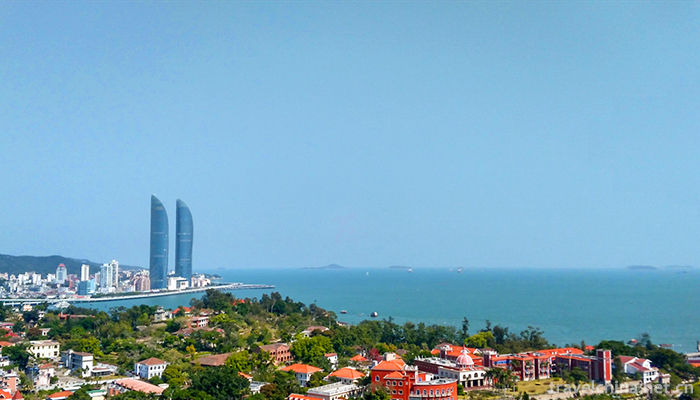
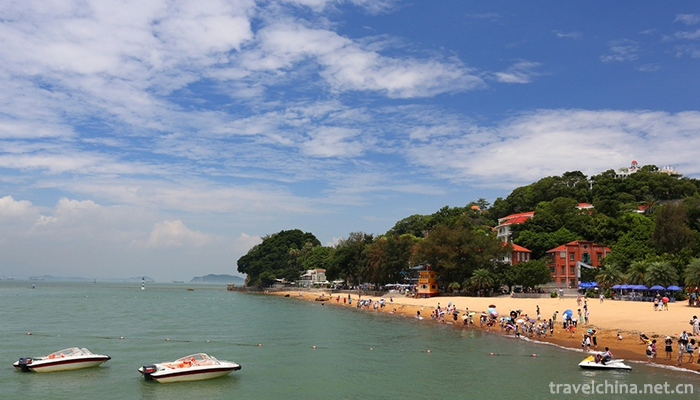
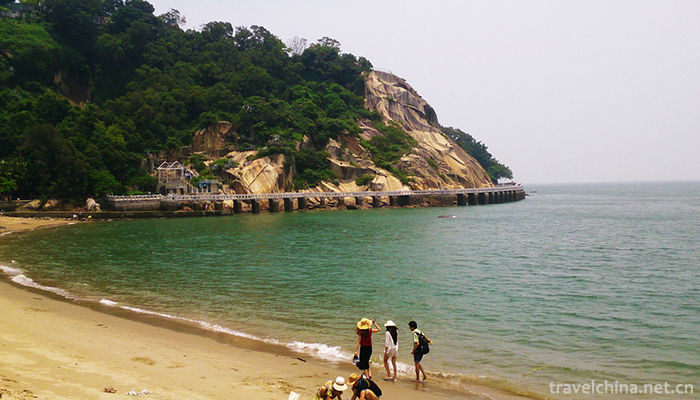
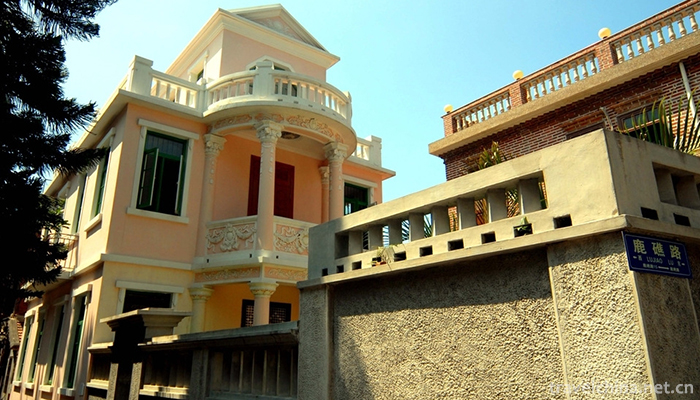
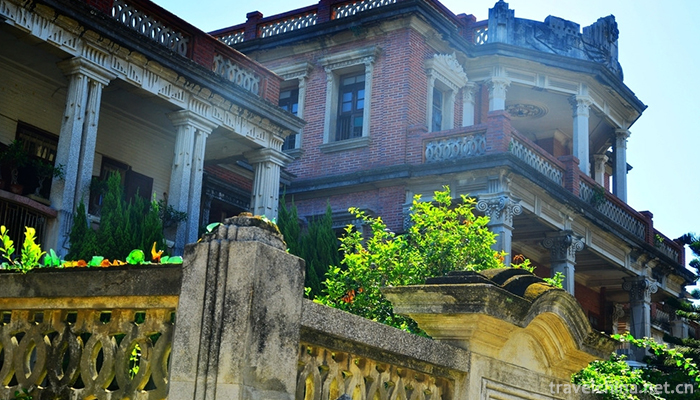
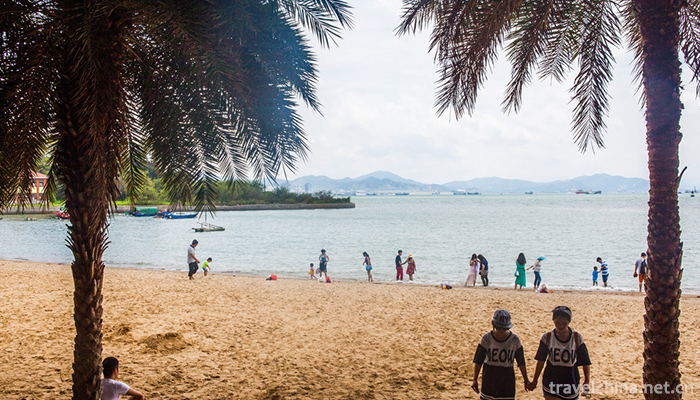
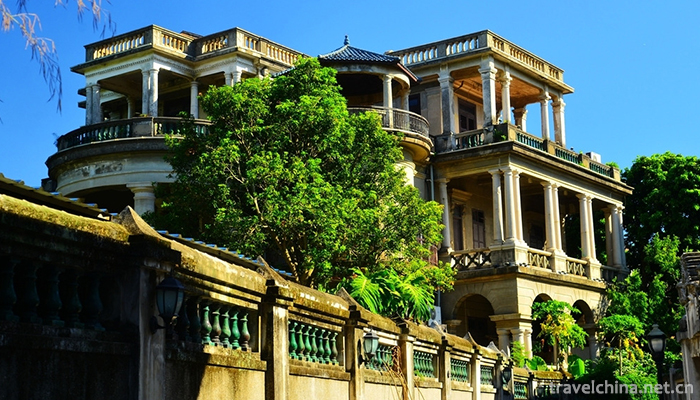
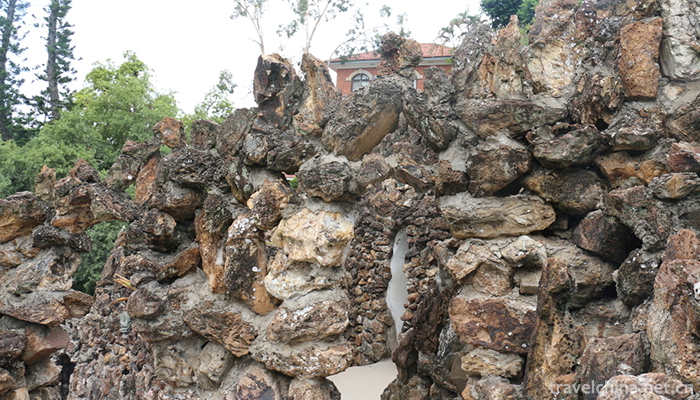
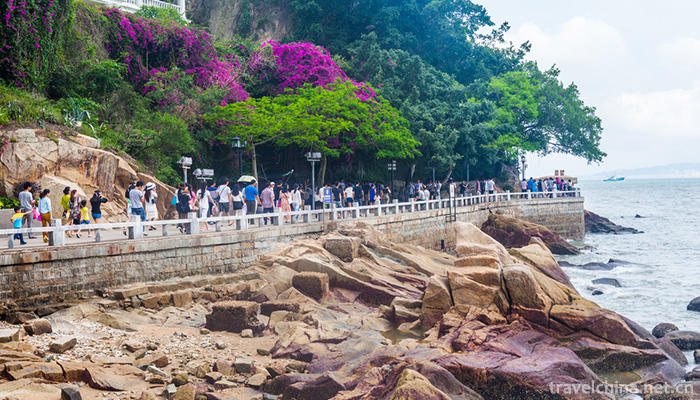
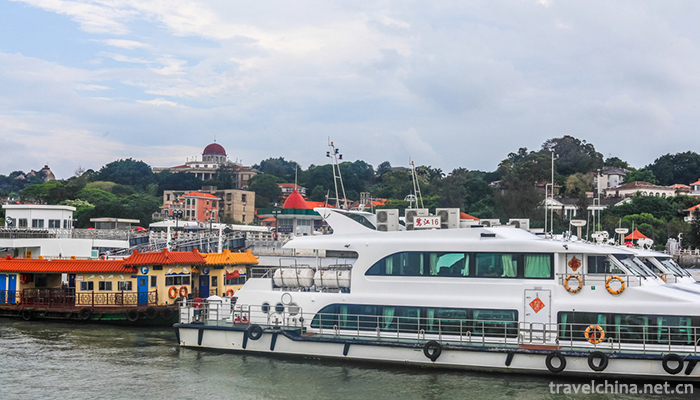

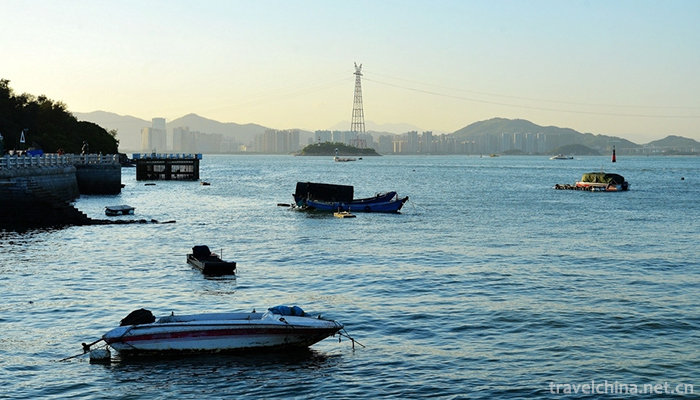
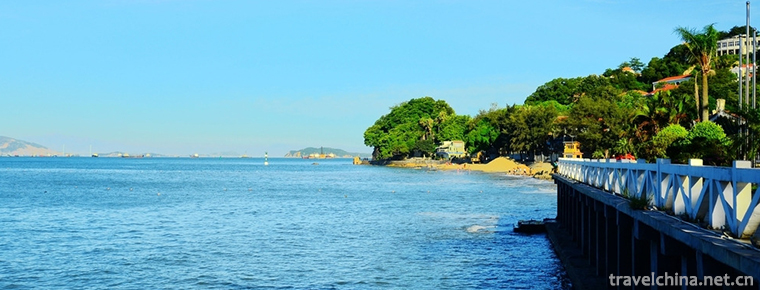
-
2.Ching Bo Leung
The word "cool" in Hainan dialect can be pronounced as "Yin Shang Sheng", which is homonymous with the two words used as weight unit. It is the soup of old fire for clearing heat a
Time 2018-11-05 -
3.Kongtong Mountain Scenic Spot
Kongtongshan Scenic Area is located 12 kilometers west of Pingliang City, Gansu Province. It overlooks Xi'an in the east, Lanzhou in the west, Baoji in the South and Yinchuan in the north
Time 2018-12-12 -
4.Narati Scenic Spot
Narati Tourist Scenic Area, located in Xinyuan County, Xinjiang, is located in the hinterland of Tianshan Mountains, the eastern end of the Ili Valley
Time 2018-12-12 -
5.Yan Nanfei Tea Field Scenic Area
Yannan Fei Tea Field Resort, located in Yanyang Town, Meixian District, Meizhou City, is the first AAAA-level tourist attraction in eastern Guangdong Province, and has been upgraded to 5A-level touris
Time 2018-12-12 -
6.Dang Kou ancient town
Dangkou Ancient Town is located in the southeast of Xishan District, Wuxi City, Jiangsu Province. It is adjacent to the Yue noble tombs and Taibo Tombs in the west, and to Suzhou and Changshu in the e
Time 2019-01-08 -
7.Old city of Kashi
The old urban area of Kashgar City in Xinjiang is like a living cartoon of Xinjiang Uygur folk customs. The old urban area of Kashgar is located in the centre of Kashgar
Time 2019-01-29 -
8.Niangziguan Scenic Area
Niangziguan is a famous pass of the Great Wall of China, known as the Ninth Pass of the Great Wall of China, and it is a must for military strategists of all dynasties.
Time 2019-02-07 -
9.qingdao olympic sailing center
Qingdao Olympic Sailing Center Scenic Spot is located in Fushan Bay, Qingdao City, and Qingdao's landmark scenic spot - May 4th Square offshore, covering an area of about 45 hectares
Time 2019-02-07 -
10.March 3 of Buyi Nationality
Buyi "March 3" is a traditional festival held by Buyi people on the third day of March in the lunar calendar. It mainly takes the form of offering sacrifices to the gods of the society and s
Time 2019-04-04 -
11.Leizhou song
According to the records in historical books, Leizhou songs were prevalent as early as the Song Dynasty. After the 1990s, people divided Leizhou dialect into different rhymes to express different cont
Time 2019-05-11 -
12.Elbow pounding
This is a rather mysterious school, which originated from a famous family in Linqing, and is closely related to the chivalrous spirit inherent in the Chinese people; it is a fierce school, but it has
Time 2019-08-10